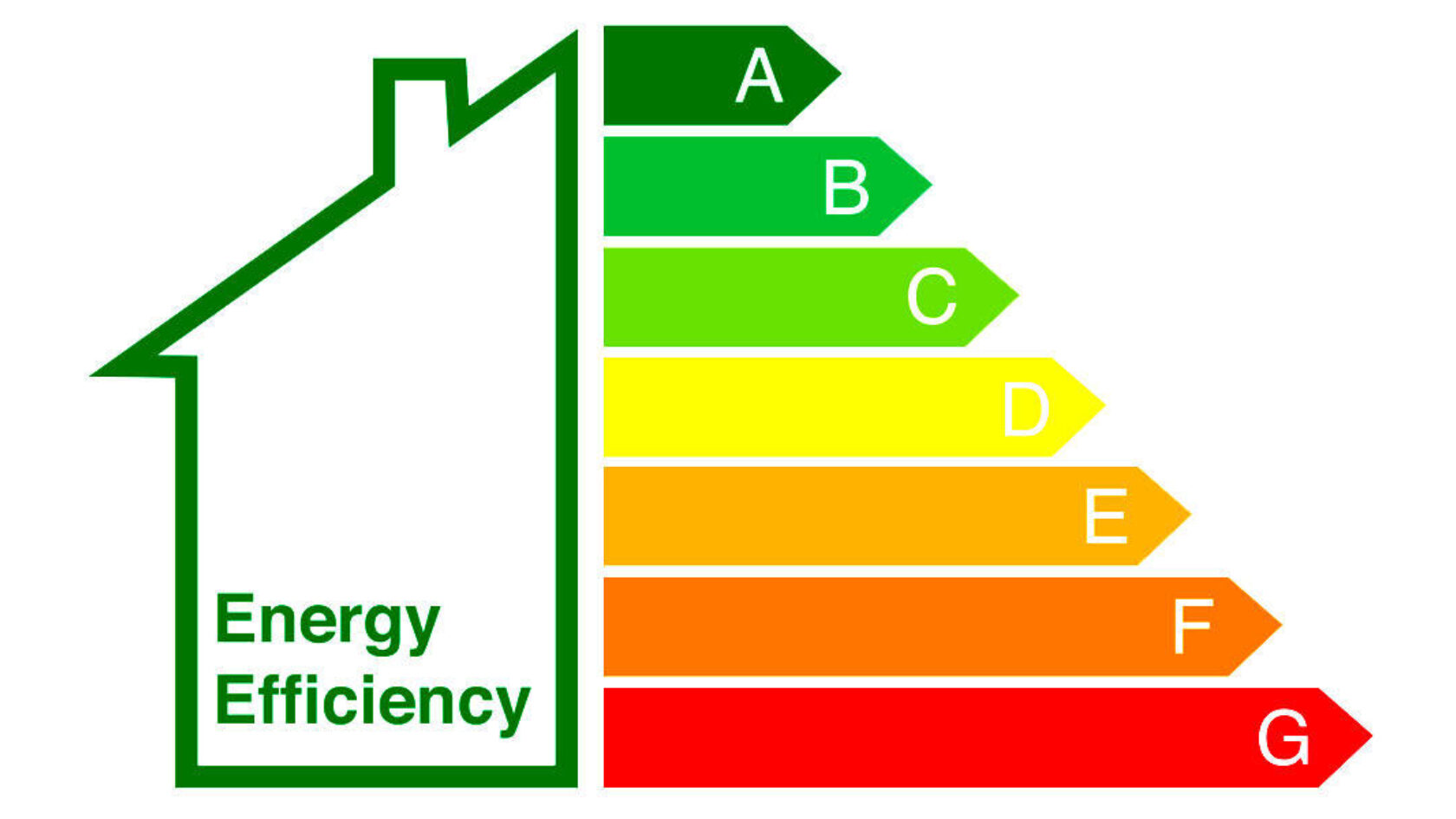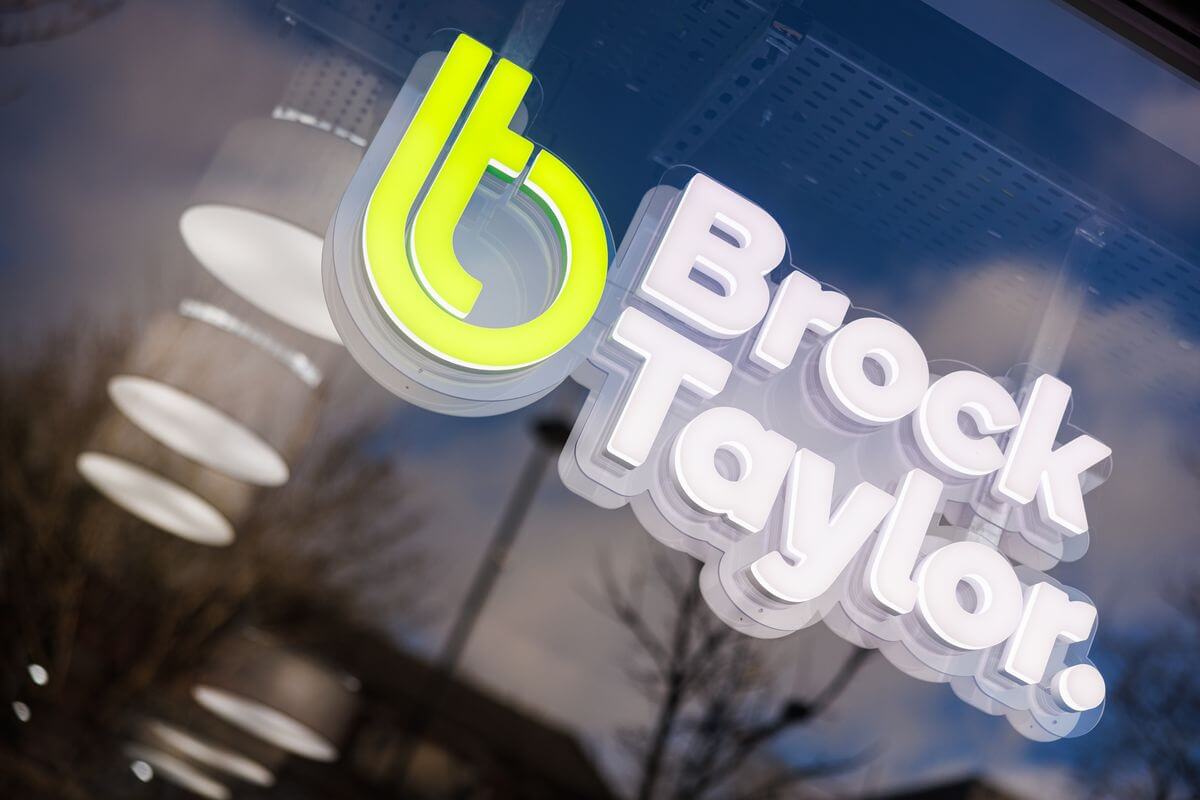If you’re selling or renting out your home, you’ll need an Energy Performance Certificate (EPC) for your property.
These reports were introduced by the government in 2007 to encourage people to make their homes more energy efficient. This is because in the UK, around 22% of carbon emissions come from our homes, from things like heating, lighting, and running household appliances.
A home that scores highly on energy efficiency will lead to cheaper energy bills. So it’s a good idea to check a property’s EPC when you’re searching for a home with Brock Taylor. You can find the EPC under the property description details, or ask the estate agent to provide you with a copy.
Here’s everything you need to know about EPCs:
What is an EPC report?
An EPC is a report drawn up by an accredited domestic energy assessor. They’ll visit your home to check how much energy it takes to power the property and keep it warm.
What does an Energy Performance Certificate check involve?
Potential sources of draughts, or where heat can escape, will be assessed during this visit. This includes requirements like checking how well insulated your floors and walls are, if you have double or triple-glazed windows, and how much heat is retained in your home. Electrical systems and use of energy efficient lightbulbs will also be checked.
Your home’s energy rating looks like the sticker you might find on a fridge or a washing machine, and ranges from A (most efficient) to G (least efficient). Your home will also be given a score. The higher the number, the lower your energy bills are likely to be here.
What is an EPC rating?
An EPC also gives recommendations about how to improve your home’s energy efficiency, and the potential grade your property could reach if you choose to make improvements.
How are EPC ratings calculated?
The scores and ratings for each energy efficiency band are:
Rating | Score |
A (most efficient) | 92 and above |
B | 81 to 91 |
C | 69 to 80 |
D | 55 to 68 |
E | 39 to 54 |
F | 21 to 38 |
G (least efficient) | 1 to 20 |
How long does an Energy Performance Certificate last?
An EPC lasts for 10 years and will cover the property during that period, no matter how many times it’s sold or rented out. If you’ve made some improvements since moving into a new home, such as installing energy efficient lighting, this won’t be reflected in your EPC until you order a new assessment.
How can I check what the energy rating is for my property?
If you’re not sure what your home’s current EPC rating is, don’t worry, it’s easy to find. The government has set up a register of EPC certificates, so if it has been assessed, you can look up the rating online.
How do I get an Energy Performance Certificate (EPC)?
You can find a qualified EPC assessor through the government’s website.
How much does an EPC cost?
Costs vary depending on where you live, and the size of your home. The fee charged will depend on how long it takes your home to be assessed, so bigger properties will incur higher fees. On average, an EPC will cost between £60 and £70, according to the Property Energy Professionals Association (PEPA), although fees are likely to increase.
EPC costs for new-build residential homes tend to be higher as they require more detailed assessments.
Who pays for an Energy Performance Certificate?
If you’re selling your home, it’s your responsibility to obtain and pay for an EPC to provide to your estate agent, and to potential buyers. Landlords also need to provide the EPC to potential tenants, and for new-build homes, the builder must provide an EPC on completion.
Is an EPC a legal requirement?
Yes, it is. If you plan to sell your home, rent it out to new tenants, or build a new home, you’ll need an EPC. If your home doesn’t have a valid EPC, you’ll need show your estate agent that you’ve commissioned one before your home is listed.
It’s illegal for landlords to rent out a home with an EPC rating below E, without a valid exemption. Your landlord should provide you with a copy of the certificate when you move into a rental home. You can also request consent from your landlord to make further energy-efficiency improvements to the property, but these will be at your own cost unless the landlord agrees to contribute.
Find out the EPC requirements for Landlords.
Listed buildings are also exempt if they reach certain standards for energy performance.
If you live in Scotland, your home’s EPC needs to be displayed somewhere within the property. The government recommends putting it in the meter cupboard or next to the boiler.
What’s the average EPC rating?
Homes in England and Wales currently have an average energy rating of D, and an average score of 60.
Generally, properties built after 2012 have an average EPC rating of B, according to the Office of National Statistics. Those built since 1983 score an average of C, but those built before 1900 have an average rating of E. And houses tend to have lower EPC scores than flats.
Take a look at how a higher energy efficiency score could lead to a lower average energy bill saving.
Can I improve my home’s EPC rating?
You’ll see lots of options for improving your home’s energy rating on your EPC. These step-by-step recommendations are given in order, to help you to potentially save the most energy.
For example, it’s more energy efficient to insulate your home before you buy a new boiler, as you won’t have to use your boiler as much. Having double or triple g will help to insulate your home.
Adding solar panels is another way to upgrade your EPC, by generating your own power.
Take a look at our energy saving tips for ways to reduce your energy usage. Including low and no-cost tips you can make right now.
How much can energy-efficiency improvements cost?
It depends on the size of your home. The average cost of energy-efficiency improvements is about £8,100 per home, according to a recent study by Nationwide. For homes rated F or G, that figure rises to £25,800.
The Department for Energy Security and Net Zero (DESNZ) says a home with an EPC rating of C costs £300 less to run each year than a property with a rating of D, and £740 less than a home with an E rating.
All information provided by Rightmove


 By
By 

 By
By 
Share this with
Email
Facebook
Messenger
Twitter
Pinterest
LinkedIn
Copy this link